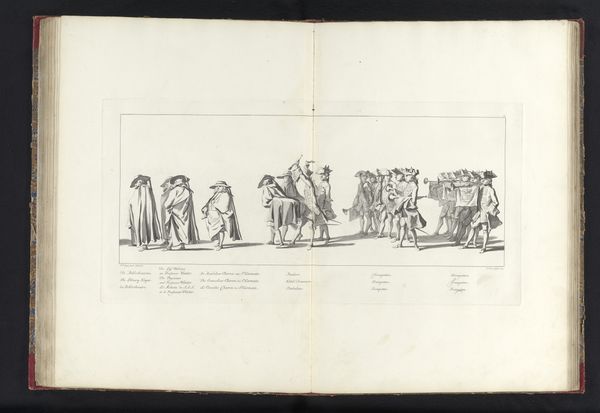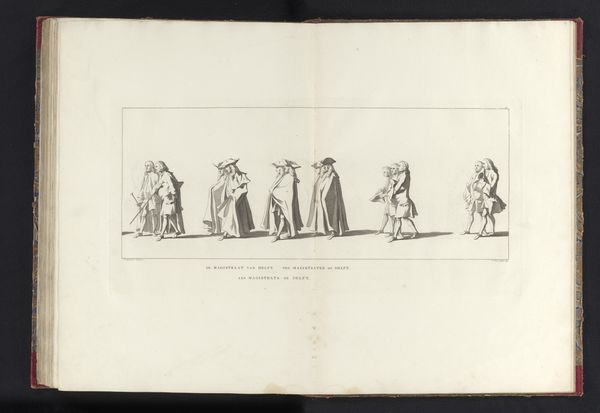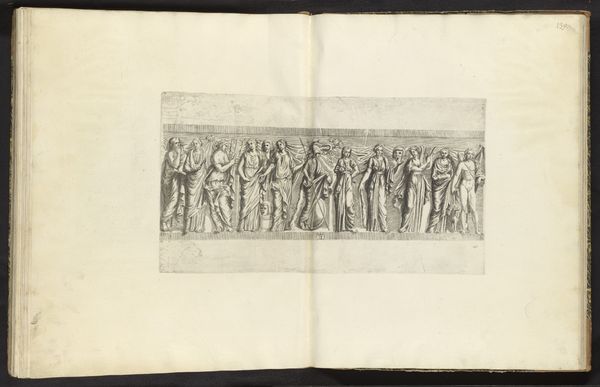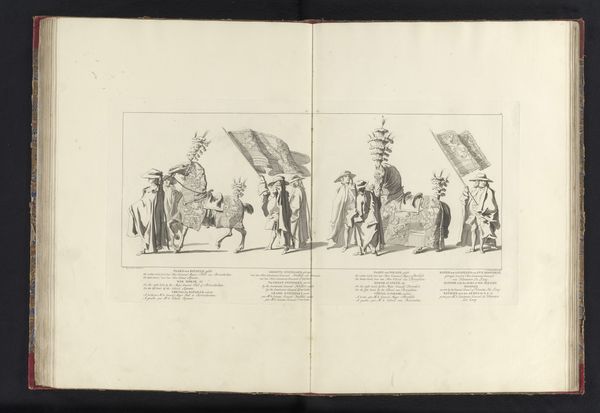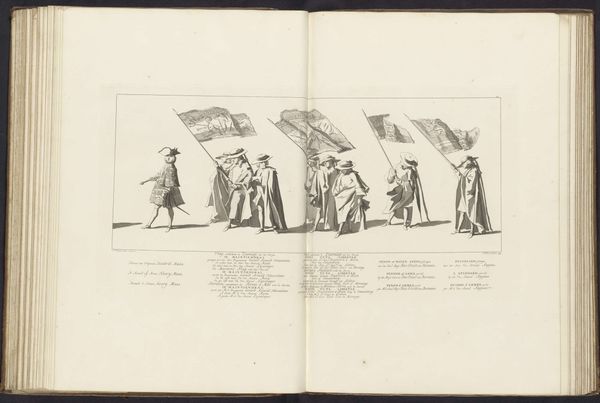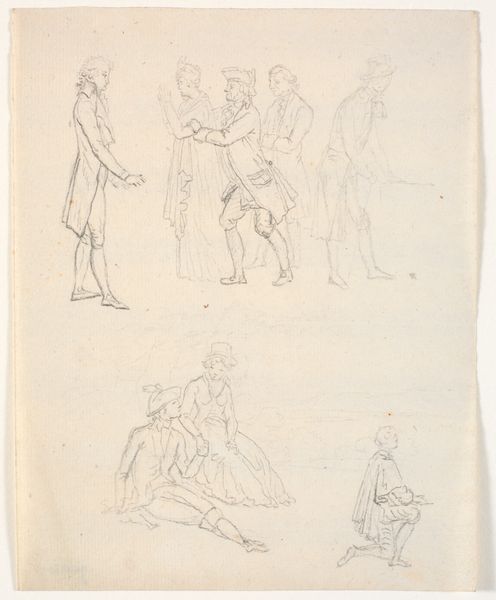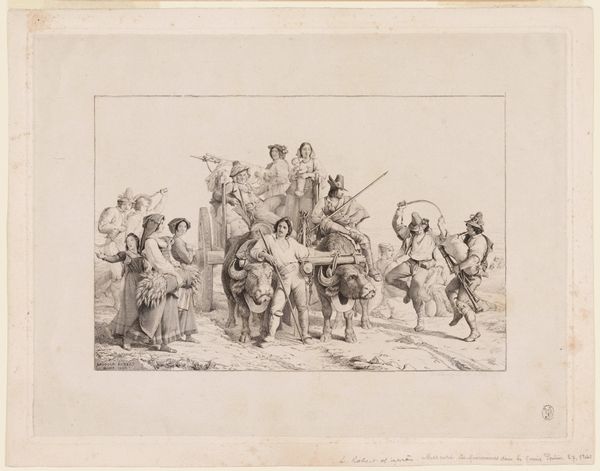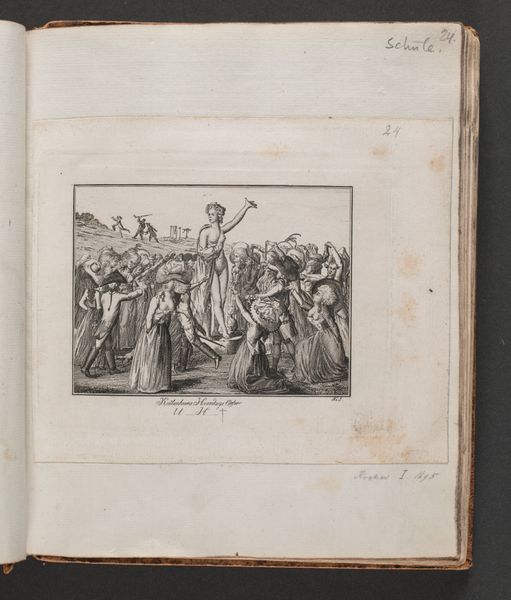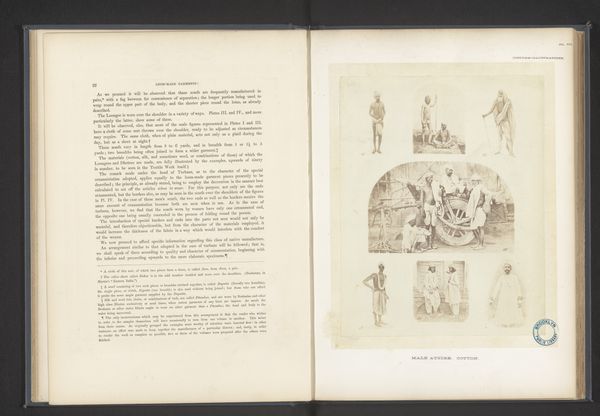
drawing, print, engraving
#
drawing
#
baroque
# print
#
figuration
#
history-painting
#
engraving
Dimensions: height 270 mm, width 560 mm
Copyright: Rijks Museum: Open Domain
Editor: This engraving, "Lijkstatie van Willem IV, 1752, plaat 5," by Jan Punt, made sometime between 1752 and 1755, depicts what looks like a funeral procession. It's striking how the artist uses such crisp lines to convey the somber mood of the historical scene. What’s the broader context of such depictions of power? Curator: Well, this print speaks volumes about the political function of art in the 18th century. Funerals, especially those of powerful figures like Willem IV, were meticulously staged events, designed to reinforce authority. Jan Punt's engraving served as a form of documentation and propaganda. How do you think this print might have been received by different social classes at the time? Editor: I imagine the elite saw it as a confirmation of their status and the natural order of things, whereas commoners might have had mixed feelings—perhaps respect mixed with resentment toward the display of wealth and power. Curator: Precisely. Prints like these circulated widely, influencing public opinion and solidifying the image of the ruling class. Notice how Punt meticulously renders the attire and weapons of the guards, highlighting the military power supporting Willem's dynasty. What do you make of that visual emphasis? Editor: It really underscores the importance of maintaining power through visual representation, creating a clear link between authority and the spectacle of the funeral itself. Curator: Exactly! And considering the turbulent political landscape of the Dutch Republic, projecting an image of stability and strength was crucial. What I find particularly compelling is how art was strategically deployed to navigate and shape public perception. Editor: That's fascinating! It gives a whole new layer to appreciate when understanding how such formal depictions reflect the complex relationship between art, power, and society in the Baroque era. Thanks! Curator: Indeed, and how carefully orchestrated imagery shaped political realities then, and perhaps continues to do so now.
Comments
No comments
Be the first to comment and join the conversation on the ultimate creative platform.
